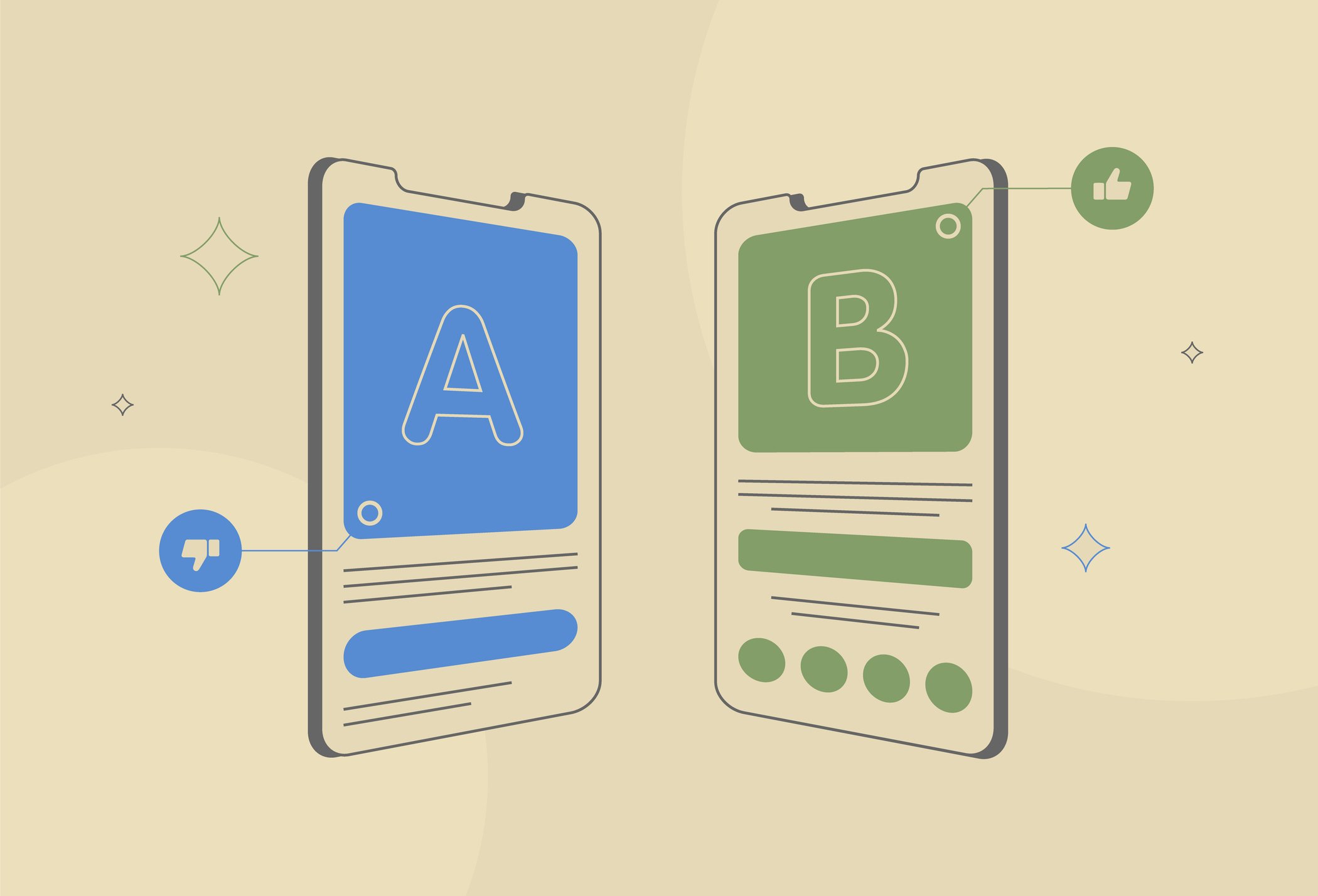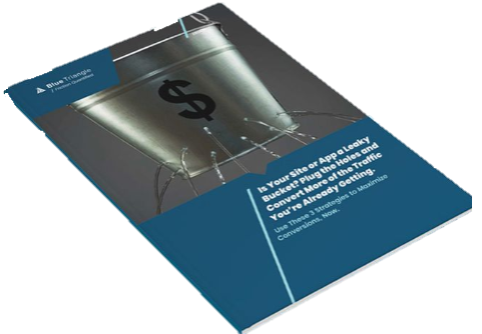When Kacey Sharrett first walked through the doors at GoPro, she wasn’t stepping into an established experimentation culture. In fact, there wasn’t a testing organization at all.
But what Kacey, Vice President of Direct to Consumer at GoPro, did next shows what’s possible when you don’t have a big team, a big budget, or all the perfect tools—but you do have vision, grit, and curiosity.
“There was no testing team when I came in,” Kacey said.
So how did GoPro go from no testing to a data-driven culture of experimentation?
On a recent episode of The Frictionless Experience, Kacey shared her secrets to building a testing culture. Here are five key ways GoPro pulled it off—with minimal resources, no perfect tech stack, and a whole lot of strategic iteration.
1. Start Simple: Test What You Can
Before you can redesign product pages or build complex personalization flows, you have to earn trust—and that often starts with small, scrappy tests. For GoPro, that first test was a classic: the color of the CTA button.
“Red is scary to people and it means, you know, I can be out of stock. Black is like ominous,” Kacey explained. “So we started to test it to just colors of buttons... what were the colors that were going to invoke a bit of a sense of confidence.”
That simple test sparked a shift in how the team thought about user experience—and what it meant to validate decisions with data.
It wasn’t about proving anyone wrong. It was about learning what worked.
2. Build Buy-In Through Storytelling, Not Stats
You can run all the tests you want, but without internal support, experimentation efforts die on the vine. Kacey knew this. That’s why she focused on telling compelling stories with results—not just delivering numbers.
“We started to get people to go, ‘Oh, wow, this is cool.’ And then they’d say, ‘Hey, can we test this on my team?’”
That’s how a culture starts: not with a mandate, but with curiosity.
3. Meet Users Where They Are
With buy-in growing, Kacey and the team started asking bigger questions. One of the most impactful: what do users actually want when they land on our site?
They realized there were two kinds of visitors: those ready to buy, and those just starting their journey.
“We had standard kind of PDPs... very long pages with rich product information,” she said. “One of the things we dreamed up was, okay, what if we create this sort of shop and learn page so that I have different pages based upon the type of consumer that I might be.”
.jpg?width=2121&height=1414&name=iStock-1550754806%20(1).jpg)
That meant creating a “shop” experience tailored to ready buyers and a “learn” experience designed for users who needed more education before purchasing.
“If I’m coming to the site and I’m already intent on maybe making that purchase, I just want to go right to the shop page,” Kacey said. “But maybe I want to learn, maybe I want a nice rich page that has a lot of assets, a lot of explanation, maybe even links to a lot of different videos.”
It wasn’t just a design update—it was an experience rooted in empathy, shaped by user behavior, and validated through testing.
“That really came out of testing and talking to customers,” she explained.
4. Use Tools You Already Have
Here’s where many teams get stuck: they think testing requires expensive platforms and complex infrastructure.
Kacey proved otherwise.
“We were using free Google Optimize. It was very clunky,” she said. “But even with basic data, we could say, ‘This is what we saw.’”
Was it ideal? No. Was it good enough to learn something valuable? Absolutely.
The lesson: don’t wait for better tools. Start with what you’ve got to learn, share, and build momentum.
5. Hire for Curiosity, Not Just Credentials
As testing grew into a more central part of GoPro’s strategy, Kacey began building a small but mighty team.
But she wasn’t just hiring experimenters—she was hiring thinkers.
That mindset—humble, curious, and learning-focused—became the foundation for GoPro’s experimentation culture.
Final Takeaway: Test Small, Think Big
GoPro didn’t build its experimentation culture with a big team, a big budget, or a fancy tech stack.
They built it with curiosity, commitment, and courage.
And it all started with one button color.
“It’s not sexy. It’s not fancy,” Kacey said. “But that’s what kicked it all off.”
So if you’re feeling stuck because your testing program isn’t where you want it to be—start where you are. Run a small test. Share the story. Build the momentum.
Because that’s how big things start.
Catch the full episode wherever you get your podcasts.

During the holiday rush, every shopper matters
Optimize the customer journey before the eCommerce event of the year.

.jpg)

.png?width=940&height=788&name=Kacey%201%20(1).png)
.png?width=940&height=788&name=Kacey%202%20(1).png)
